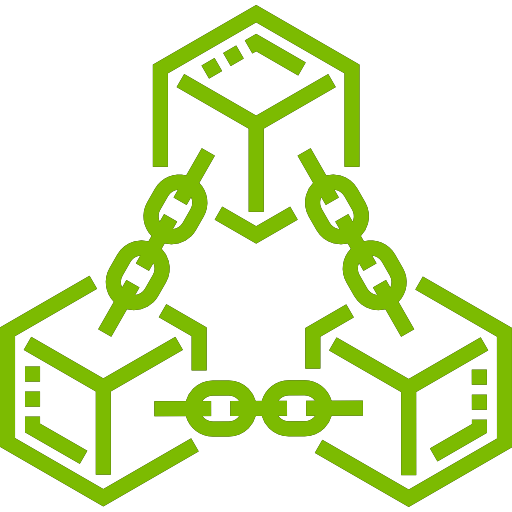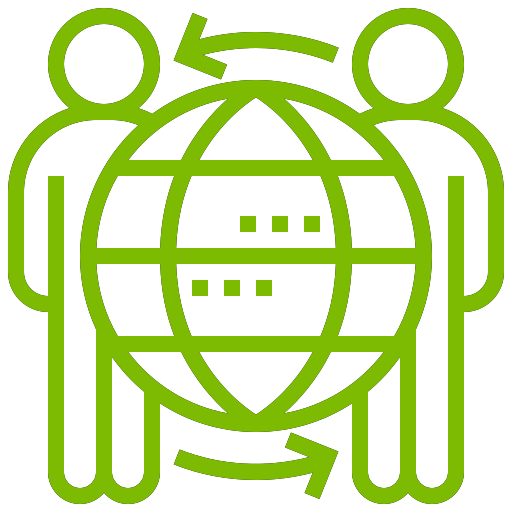
Collaboration
Portals, Responsive web design, ECM, Document Mgmt, Workflows, Web 2.0, Enterprise Search.






















We consider Agility as an attitude and the most important ingredient of our service delivery. We bring this attitude to the customers we work with. Our customer-first approach helps us realize Agile principles keeping in view the culture on ground. Our consultants are Agile-Realists, evangelizing agile values to build organizational buy-in.

Build the product you need on time with an experienced team that uses a clear and quality based solution for every project. We invest in understanding customer’s near-term and long-term objectives and make sure our talent pool is client-ready all the time. The real beneficiaries of this investment are our clients who use on-demand consulting to manage the inevitable unplanned changes inherent in the effective design process of a project.
We focus on our client’s most critical issues and opportunities: Collaboration, Integration, Mobile Development, Business Intelligence, Cloud Ready and other services.

Portals, Responsive web design, ECM, Document Mgmt, Workflows, Web 2.0, Enterprise Search.

Dashboards, Data Warehouses, ETL, Data Migration, Self-Service BI, Predictive and Big Data Analytics.

G Suite for Business, Office 365, Dynamics 365, Azure PaaS & Force.com. Click the button below to reach us

Since 2001, we have been heavily involved in Technology consulting focusing largely on the Microsoft sector.

Enterprise Mobility applications access to our solutions for the Android, Windows and iPhone.

Ensuring absence of bugs and perseverance of value in clients applications for over two decades

Our EAI services streamline operations and provide competitive advantage

We have hands on experience in delivering virtual & augmented reality apps in gaming, eLearning & storytelling.

Our EAI services streamline operations and provide competitive advantage

Hands on experience in assisting organizations connecting multiple applications to optimize business functions.

We have been helping companies connect their business functions together for over a decade
We believe in CUTTING EDGE SOLUTIONS and are committed to YOUR SUCCESS
We are a team of creatives. Our biggest passion is creating unique portfolios. The perfect blend of mature processes, flexible delivery models, effective project management, broad technology, and domain expertise enable Allied to support the entire cycle of software application development.














Straddling these two worlds makes for a hell of a person. It’s a fire sign and ruled by the headstrong Ram, making them stand their ground and refuse to be pushed around. Conventional family values are something they strictly follow, for example https://astrozella.com/may-taurus-vs-april-taurus/. So, she will do anything within her means to ensure it clings to every chance that pops up in her career.
If that’s not enough, you can share photos on social media and do more, thanks to IFTTT. There were a ton of backpackers there on longer term trips also interested in hanging out, tons of cheap activities and cheap steak so people can do stuff together easily, and even stayed at a hostel with free wine! Because they are an active dog breed, the Vizsla needs something to keep them busy if they are left alone – like a puzzle treat box or a proper dog toy more info. It’s no surprise, but summer is peak tourism season for Kennebunk, Kennebunkport, and the surrounding area, and like most of Maine’s coastal towns, the Kennebunks turn into sleepy towns in the winter.
The cup should encompass your breast and provide a smooth transition from bra to breast, with no skin squeezing out of the top. The wings stimulate your lateral clitor. The shape of the toy and the weight of the steel do a lot of the work for you https://kinkazoid.com/male-masturbators/. A DIY pussy will help you reach the climax, but it can’t be compared to the one you can get with professional models from Spider, Meiki, Fleshlight or Rends.
For women, this can be a great way to control the amount of stimulation they’re receiving. Odette Lace Eye Mask Black. Since we’re on the topic of long term wear I’ll address the second most asked question: How do you go to the bathroom https://911cashtilpayday.com/. In case you forgot that the internet is full of pretenders and people who say they’re something or someone they aren’t, we’ll remind you again.
Physical arousal involves direct and indirect stimulation of erogenous sensory nerves. Still, it’s fair to say that none of these choices are purely aesthetic, and the Tentacle’s form does provide some amazing texture and stimulation. Variations: Dildo choices are endless, and range in size, shape, and color dildo mouth gag. With sturdy nylon straps that can hold up to 250 pounds, you and your partner can take turns swinging and turning as you experiment with multiple sex positions.
Ready to unleash potential and achieve process excellence? Allied Consultants helps you transform and succeed using technology, insights, and innovation.